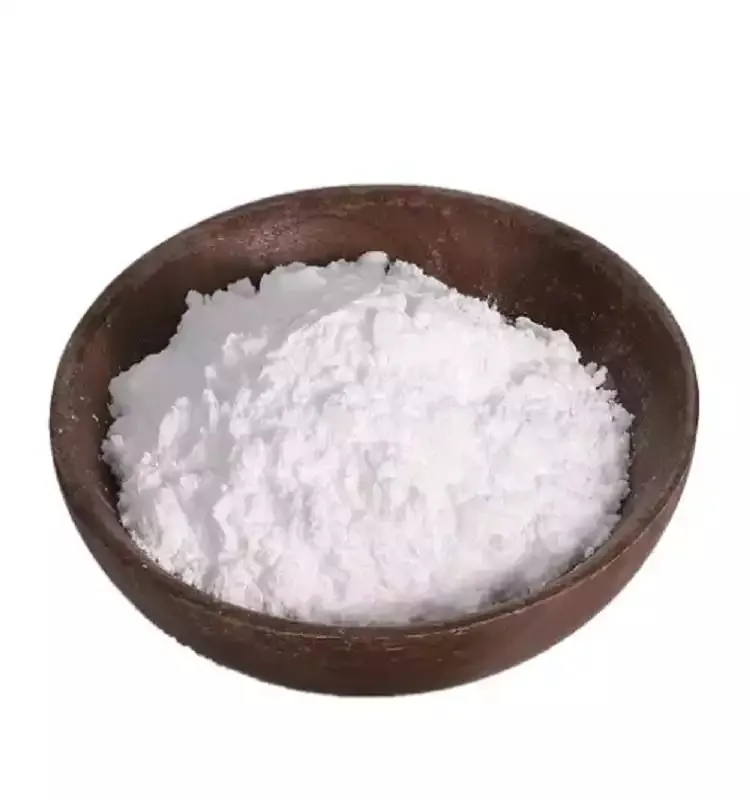 Email: sale@hebeidisha.com
Email: sale@hebeidisha.com
 Tel: +86 13315186550
Tel: +86 13315186550
- Afrikaans
- Albanian
- Amharic
- Arabic
- Armenian
- Azerbaijani
- Basque
- Belarusian
- Bengali
- Bosnian
- Bulgarian
- Catalan
- Cebuano
- China
- China (Taiwan)
- Corsican
- Croatian
- Czech
- Danish
- Dutch
- English
- Esperanto
- Estonian
- Finnish
- French
- Frisian
- Galician
- Georgian
- German
- Greek
- Gujarati
- Haitian Creole
- hausa
- hawaiian
- Hebrew
- Hindi
- Miao
- Hungarian
- Icelandic
- igbo
- Indonesian
- irish
- Italian
- Japanese
- Javanese
- Kannada
- kazakh
- Khmer
- Rwandese
- Korean
- Kurdish
- Kyrgyz
- Lao
- Latin
- Latvian
- Lithuanian
- Luxembourgish
- Macedonian
- Malgashi
- Malay
- Malayalam
- Maltese
- Maori
- Marathi
- Mongolian
- Myanmar
- Nepali
- Norwegian
- Norwegian
- Occitan
- Pashto
- Persian
- Polish
- Portuguese
- Punjabi
- Romanian
- Russian
- Samoan
- Scottish Gaelic
- Serbian
- Sesotho
- Shona
- Sindhi
- Sinhala
- Slovak
- Slovenian
- Somali
- Spanish
- Sundanese
- Swahili
- Swedish
- Tagalog
- Tajik
- Tamil
- Tatar
- Telugu
- Thai
- Turkish
- Turkmen
- Ukrainian
- Urdu
- Uighur
- Uzbek
- Vietnamese
- Welsh
- Bantu
- Yiddish
- Yoruba
- Zulu
Dec . 23, 2024 02:59 Back to list
Advantages of Utilizing Chromic Acid for Efficient Glassware Cleaning
The Benefits of Using Chromic Acid for Effective Glassware Cleaning
In laboratory settings, maintaining the cleanliness of glassware is crucial for accurate results and experiments. Among various cleaning agents available, chromic acid stands out as a powerful and effective cleaning solution for glassware. Its unique properties make it especially suitable for laboratories where precision and hygiene are paramount. In this article, we will explore the benefits of using chromic acid for effective glassware cleaning.
1. Exceptional Cleaning Power
One of the primary advantages of chromic acid is its remarkable cleaning ability. It can effectively remove a wide range of contaminants, including organic residues, grease, and even stubborn stains. Unlike many other cleaning agents, chromic acid penetrates deep into the microscopic pores of glass surfaces, ensuring that no residues are left behind. This property is particularly important in scientific research where trace contaminants can lead to inaccurate results, affecting the reliability of experiments.
2. Ease of Use
Using chromic acid for cleaning glassware is relatively simple and straightforward. The standard procedure involves preparing a cleaning solution by mixing chromic acid with water, typically in a specific ratio. Once the solution is prepared, the glassware can be submerged or soaked in it for a designated period. After soaking, a thorough rinse with distilled water is recommended to remove any remaining acid. This simplicity allows researchers and lab technicians to quickly clean glassware without the need for extensive scrubbing or multiple cleaning cycles.
3. Versatility
Chromic acid is not only effective for cleaning glassware but also versatile in its applications. It can be used to clean a variety of glass items, including beakers, flasks, pipettes, and petri dishes. Additionally, it can be effective in cleaning other lab materials, such as porcelain and some metals. This versatility makes chromic acid an essential tool for laboratories that require the cleaning of diverse types of equipment.
'the benefits of using chromic acid for effective glassware'

While there may be cheaper alternatives available for glassware cleaning, chromic acid proves to be a cost-effective solution in the long run. The level of cleanliness it provides reduces the need for repeated cleaning processes and prevents contamination of experiments. As a result, researchers can save both time and resources that would otherwise be spent on additional cleaning efforts or on redoing experiments due to contamination.
5. Disinfection Properties
Chromic acid not only cleans but also disinfects glassware, making it an ideal option for laboratories dealing with biological materials. Its oxidizing properties help eliminate microorganisms and bacterial residues that may be present on lab equipment. This dual function of cleaning and disinfection ensures that glassware is not only free from visible contaminants but also from harmful pathogens, thereby enhancing laboratory safety.
6. Safety Considerations
While chromic acid is highly effective, it is important to handle it with care. It is corrosive and potentially harmful if proper safety measures are not taken. Always wear appropriate personal protective equipment (PPE) such as gloves and safety goggles when working with this substance. Additionally, proper disposal methods must be followed to minimize environmental impact due to its hazardous nature.
Conclusion
In conclusion, chromic acid offers several significant benefits for cleaning glassware in laboratory settings. Its exceptional cleaning power, ease of use, versatility, cost-effectiveness, and disinfection properties make it an invaluable agent in maintaining laboratory hygiene. However, safety should always be a priority when using chromic acid to harness its potent cleaning capabilities responsibly. By incorporating chromic acid into their cleaning protocols, laboratories can ensure that their glassware is kept in optimal condition, ultimately leading to more accurate and reliable scientific results.
Latest news
-
Certifications for Vegetarian and Xanthan Gum Vegetarian
NewsJun.17,2025
-
Sustainability Trends Reshaping the SLES N70 Market
NewsJun.17,2025
-
Propylene Glycol Use in Vaccines: Balancing Function and Perception
NewsJun.17,2025
-
Petroleum Jelly in Skincare: Balancing Benefits and Backlash
NewsJun.17,2025
-
Energy Price Volatility and Ripple Effect on Caprolactam Markets
NewsJun.17,2025
-
Spectroscopic Techniques for Adipic Acid Molecular Weight
NewsJun.17,2025